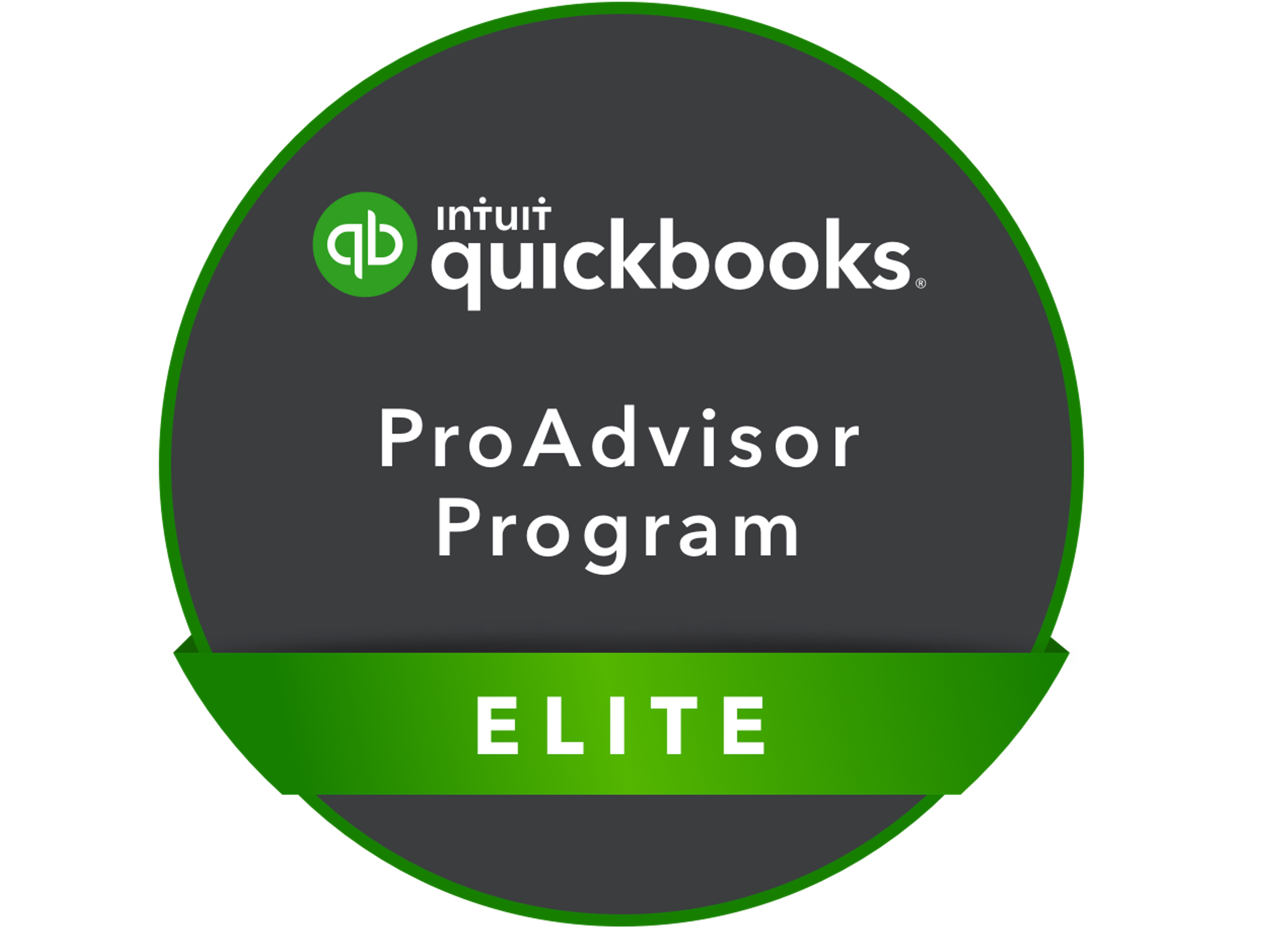Useful Links and References for Small Business Owners
How does a sole proprietor pay Taxes?
A sole proprietorship is an unincorporated business that is owned by one individual. It is the simplest kind of business structure.
A sole proprietor pays taxes by reporting income (or loss) on a T1 income tax and benefit return.
As a sole proprietor, you may have to pay your income tax by payments called instalments. You may also need to make instalment payments for CPP contributions on your own income.
For more information please checkout this link: http://www.cra-arc.gc.ca/tx/bsnss/sm/sttng/sl-eng.html
I get it; invoicing isn't exactly a thrill ride, but when you're in the small biz game, it's a necessary evil. So, let's break down the must-haves on your invoice to dodge payment hassles and future run-ins with the tax peeps at CRA. Download our Simplified Guide to Issuing Invoices
GST
If you are a sole proprietor, include the total amount of all revenues (before expenses) from your worldwide taxable supplies from all your businesses and those of your associates (if they were associated at the beginning of the particular calendar quarter).
If you are a partnership or a corporation, include the total amount of all revenues (before expenses) from your worldwide taxable supplies and those of your associates (if they were associated at the beginning of the particular calendar quarter).
For more information please checkout this link: http://www.cra-arc.gc.ca/tx/bsnss/tpcs/gst-tps/gnrl/menu-eng.html
How to Registering your business: http://www.cra-arc.gc.ca/tx/bsnss/tpcs/bn-ne/menu-eng.html
Eligible dividends: “An eligible dividend is any taxable dividend paid to a resident of Canada by a Canadian corporation that is designated by that corporation to be an eligible dividend. A corporation's capacity to pay eligible dividends depends mostly on its status" https://www.canada.ca/en/revenue-agency/services/tax/businesses/topics/corporations/eligible-dividends.html
Claiming capital cost allowance (CCA): You might acquire a depreciable property such as a building, furniture, or equipment to use in your business or professional activities. https://www.canada.ca/en/revenue-agency/services/tax/businesses/topics/sole-proprietorships-partnerships/report-business-income-expenses/claiming-capital-cost-allowance.html
List of 2022 Statutory Holidays in BC https://www2.gov.bc.ca/gov/content/employment-business/employment-standards-advice/employment-standards/statutory-holidays
All employees get paid for statutory holidays if they qualify.
Learn more about the new Paid Sick Leave in BC
Effective January 1, 2022, the vast majority of workers in BC will be eligible for the new paid sick leave benefits. Employee can take up to 5 days of paid leave per year for any personal illness or injury. Employers may request reasonably sufficient proof of illness.
This entitlement is in addition to the 3 days unpaid sick leave currently provided by the Employment Standards Act.
For more information please see link: https://www2.gov.bc.ca/gov/content/employment-business/employment-standards-advice/paid-sick-leave?utm_campaign=11242021_GCPE_VIZ_PSL__LEARN_ADW_BCGOV_EN_BC__TEXT
WCB: Who does and doesn’t need coverage?
All employers are legally required to have WorkSafeBC coverage unless the employer is exempt. An employer is a person or firm that hires workers or unregistered subcontractors and an employer can be a self-employed proprietor, partnership, corporation, society, or any other type of legal entity.
Whether or not you need coverage depends on the type of business you choose to operate and whether or not you hire and pay workers. Learn more about who does and doesn’t need coverage, as well as how coverage benefits both employers and workers, by browsing the pages in this section.
For more information or to register please see WCB link: https://www.worksafebc.com/en/insurance/apply-for-coverage
What is a Builders Lien Holdback?
Both the holdback and the power to lien come from the Builders Lien Act . The purpose of the act is twofold:
provide security for contractors and subcontractors who work on a construction project
to limit the owner of a properties liability
The Act requires all persons on a project to retain 10% from all amounts paid for the work done on the project. The 10% holdback has nothing to do with deficiencies, delay claims, or other potential liabilities that a contractor or subcontractor may suffer.
When is the holdback paid out?
In BC, the Builders Lien Act allows for progressive release of holdback. That means as soon as a contract or a subcontract is substantially performed, the contractor or a subcontractor can apply for a release for the holdback under its contract.
Links and information on this website are to be used for reference only and are subject to changes. Please contact your lawyer or tax specialist to confirm what applies to your business. knfconsulting4u



